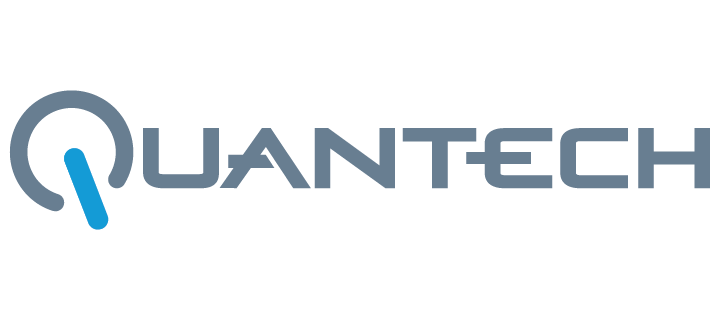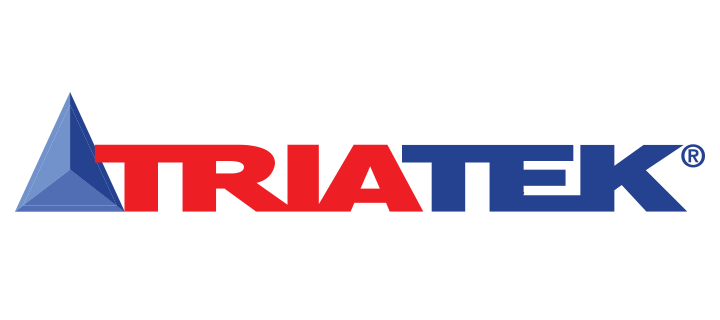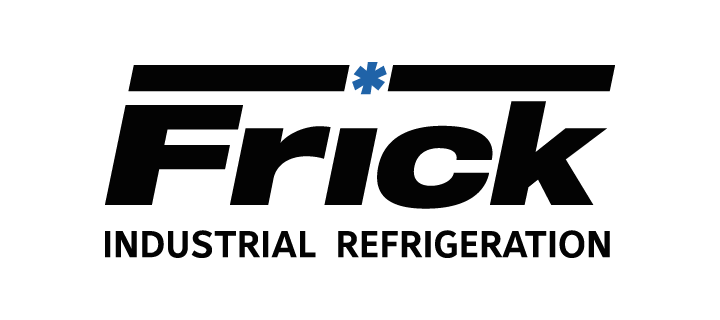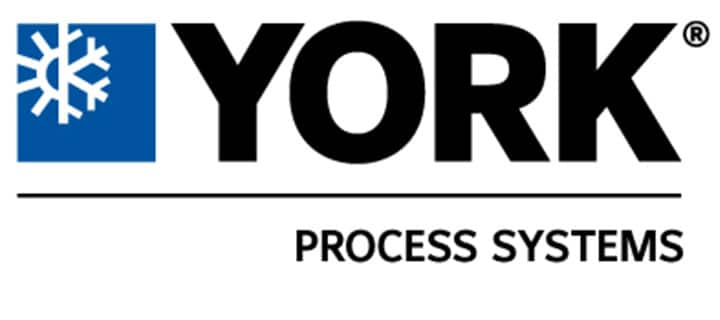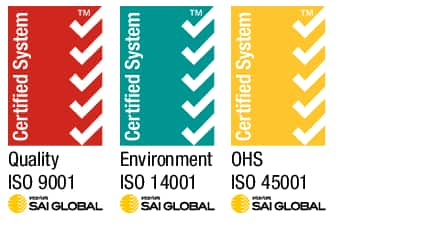Data is driving a building transformation

By Sudhi Sinha
VP & GM, Data-Enabled Business, Johnson Controls
Buildings today are complex technology ecosystems. They are key enablers – via the information housed in built environments – for businesses to achieve their goals. The growth of connected end-points within buildings, for example, has reached a crescendo, pointing the way toward exponential technology growth for residential, commercial and institutional facilities. What do I mean by an “end-point”? Essentially, it is the flow of data from a device or system, usually through an internet portal (IP). Security devices, HVAC systems and even lighting controls often have end points. They are the “smart” in a smart building.
The graph below illustrates how these connections are on the rise – especially in the residential space.

As we can see, a building is no longer just a building. Rather, it is an intricate network of information. Security, HVAC, energy management and fire detection systems are all steadily increasing their capacity to connect devices, optimize data and perform advanced analytics – creating new value for building owners that never existed before.
This new value is increasing demand. Building owners are no longer pleasantly surprised by the capability to track energy usage, for example – they are actively seeking out that information. And not only do they want to track it; they want it in an easily digestible format that can display on tablet or smart phone. Meanwhile, the cost of increasing connectivity to make a building smart is dramatically decreasing, as illustrated here:

Saving energy and increasing efficiency continue to be top of mind for most building owners and managers, but companies are starting to realize that they can use data to make their people, resources and assets not only more efficient, but also more productive. It’s an exciting time for our industry, to say the least.
Johnson Controls is at the forefront of solving such problems – connecting systems, gathering data, optimizing sensors, generating operational efficiency savings and creating an enhanced occupant experience for our customers. Our goal is not only to decrease building costs (although we have a strong track record there), but to actually influence the value side of the equation, thereby transforming buildings to actually achieve business objectives. Helping a hospital workforce care for patients better with fewer redundancies, uniting airport systems to improve traveler experience, making universities more productive with student data in ways that can lower tuition costs – these are just some of the problems we are working on. And solving.
Within our new Data-Enabled Business, we are harnessing our innate knowledge about the physics of building technology, and combining that expertise with our advanced-platform and data-science capabilities to dramatically help our vast network of facility owners, building owners, channel partners, architects, specifying engineers, contractors and more.
Today, we are creating “living buildings” that pull together disparate systems in order to ignite the true potential inside. We are actually designing building infrastructure that can learn, advance and evolve. The places where we live, work and travel will be able to continually adapt, improve and optimize. A living building does not only make its own systems smarter – it makes society smarter as well.





